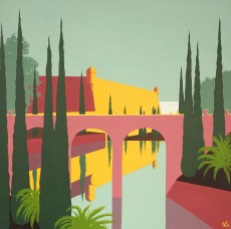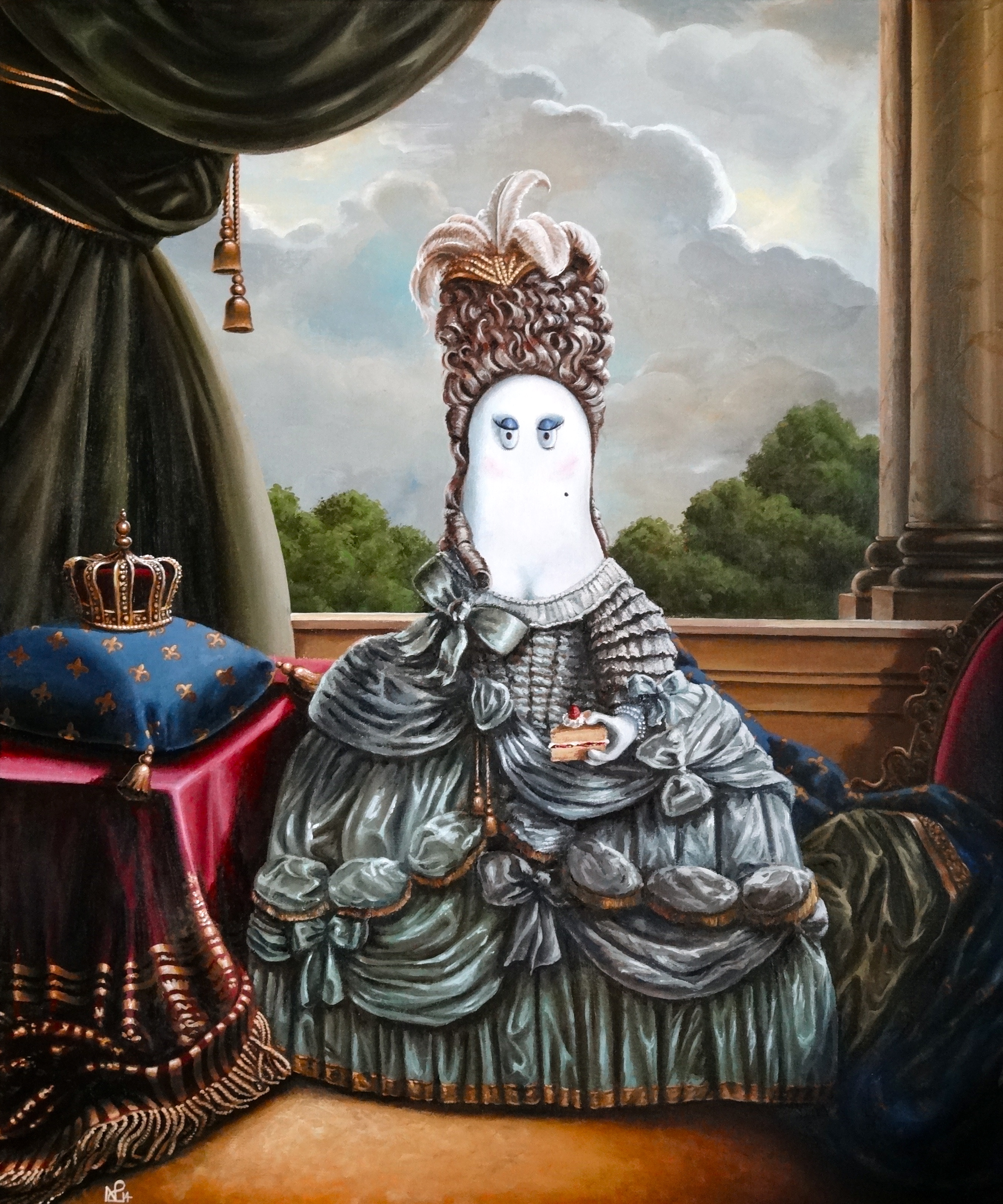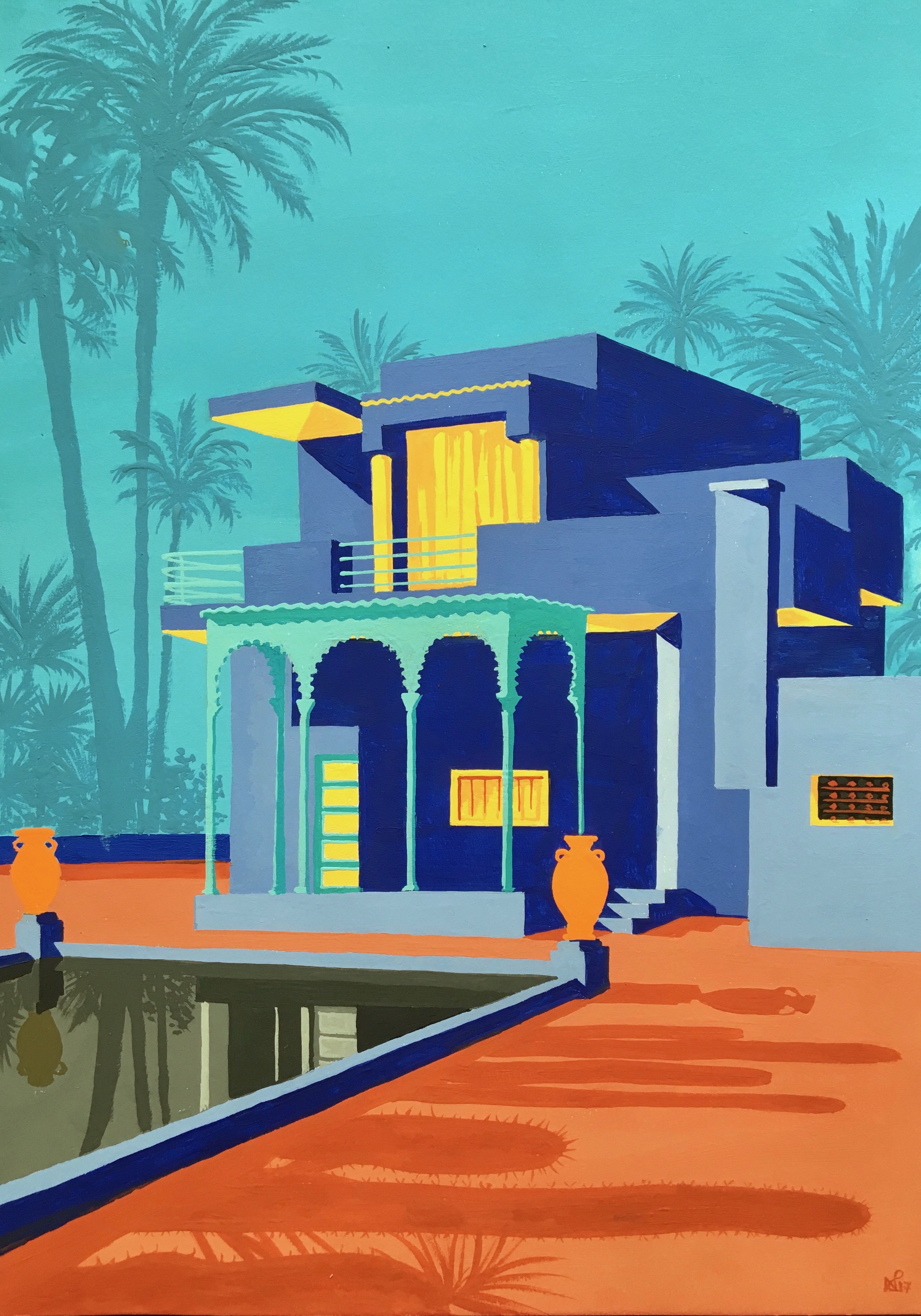Paolo Veronese – The Martydom of Saint George

London’s National Gallery is celebrating one of the gems of Italy’s and more specifically Venice’s Renaissance age: Paolo Veronese (1528-1588). In its new exhibition, Veronese: Magnificence in Renaissance Venice, the National can’t help but put on a show. In celebrating the work of this artist, whose paintings epitomise the magnificence and theatricality of Renaissance Venice with huge historical and religious canvases, bold colours and a wonderful aptitude for painting figures, classical buildings and sensational drapery, the National Gallery brings us one big hit of a painting after another. It’s almost a problem for the exhibition, which has collected together so many brilliant, vast masterpieces, that the visitor is bamboozled, unable to concentrate on any one painting in particular.
So being the great public service blogger that I am, I decided to solve this problem with a neat solution – to focus on just one of the utterly brilliant paintings on display, and the one which took my breath away over and above all the rest.

Paolo Veronese (c.1565), The Martyrdom of Saint George – on loan from the city of Verona (image source: wikipedia commons)
Painted in 1565, The Martyrdom of Saint George was created at the apex of Veronese’s illustrious career. Measuring some 4.2 metres in height, this vast canvas offers us all of the glorious elements that make Veronese’s paintings sing like a grandiose opera almost half a century after they were painted. Depicting the moment when Saint George, a Roman soldier, accepted his martyrdom after refusing to worship pagan idols, this moment of dramatic realisation is captured with skilfully applied light (just look how our eyes are drawn to that perfectly lit torso and the outstretched arms of the martyr), and a brilliant composition, with clouds tumbling upwards into paradise, where the Virgin and Christ child appear with Saints Peter and Paul along with the allegorical figures of virtue: Faith, Hope and Charity.
The balance of the painting is brilliant, with the cerulean blue sky echoed in the drapery beneath Saint George, in the clothing of the turbaned man on the left, and up in the celestial clouds at the top, while the figures are variously placed at different heights, intensifying the feeling of drama and the sense of audience participation in this dramatic moment of religious history.
Of course this painting is but one in an amazing collective celebrating the genius of the often overlooked Venetian master. And at the risk of being quite overcome by it all, you may as well go along and revel in the glory.
Veronese: Magnificence in Renaissance Venice is on at the National Gallery, London until 15 June 2014.






































